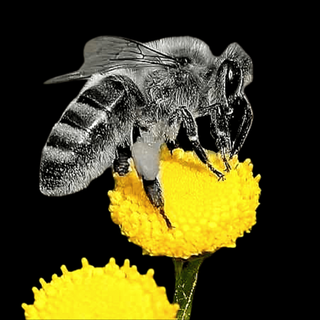Afforestation increases low-level cloud cover, providing a net “cooling effect” on the climate and environment, according to a new study advocating for large-scale afforestation to combat the consequences of global warming.
Published in Nature Communications, the study used satellite data to find that, globally, in 67% of the areas the scientists studied, afforestation would increase low-level cloud cover, which creates a cooling effect by reflecting sunlight. The study dispels any doubt about whether forests and the right trees constituting green cover could cool us down.
Experts note that allowing forests to regenerate naturally rather than through active afforestation is better for the ecosystem. “We’ve known for a long time that natural forest regeneration is often cheaper, richer in carbon, and better for biodiversity than actively planted forests,” William Baldwin-Cantello, the chief advisor on forests at WWF in the U.K., had told The Guardian.
However, when active afforestation becomes imperative to prevent global warming — or even soil erosion — as a result of excessive, inordinate deforestation, it’s important to do it the right way. And this right way often means being ethical about replanting species that belong to the ecosystem, and are not non-native. In fact, planting non-native species of plants and trees can be harmful to the habitat of indigenous flora and fauna.
“Across India, tree planting efforts suffer from five main problems: planting trees in the wrong places, planting the wrong species and species mix, planting too few species, failing to consider seed provenance, and planting without considering the rights of local people,” T.R. Shankar Raman, a scientist with Nature Conservation Foundation, a non-governmental wildlife conservation and research organization based in Mysore, wrote in The Hindu. “Ecological restoration involves the careful planting of the right species in the right places in the right mix and right manner,” he added.
Related on The Swaddle:
Invasive, Exotic Tree Species Are Threatening the Animals of the Western Ghats
Not doing so has significant pitfalls for the environment. In India’s Western Ghats, for instance, non-native species of trees introduced by the British to convert grasslands and shola forests into a more aesthetically pleasing and commercially profitable landscape, have resulted in threats to local species of fauna like the Nilgiri Pipit bird, gaurs, and the Nilgiri Tahr.
Moreover, non-native trees also have a greater susceptibility to pests, and other environmental hazards than indigenous species, indicating that afforestation, if not done the right way, doesn’t really benefit nature.
“Large-scale record-breaking tree planting makes news, not forests… Besides failing to monitor or nurture the large numbers planted, such tree planting can cause more harm than good,” Raman noted.
An example of how ethical afforestation benefits the ecosystem is the efforts made to reforest the Ridge, the tail-end of the Aravalli mountain ranges north of New Delhi. As M. Vikas writes in Current Conservation, “Although planting trees is certainly a noble act, the choice of species and restoration plan should be based on local environmental and climatic conditions, soil type, and water availability.”
“Instead of implementing an ecological restoration by introducing pioneer species of grasses and shrubs that would foster the growth of trees, the government has been steadfastly expanding tree plantations and identifying tree cover across Delhi. Their efforts are bearing fruit, and the Delhi forest/ tree cover has increased from 1.48% in 1993 to 20.22% in 2015. As fumes billowing from cars and the machinery of the [industry] have cumulatively contributed towards making Delhi’s air one of the world’s most noxious, arborification has gained more legitimacy as a natural solution to combat pollution,” Vikas continued.




